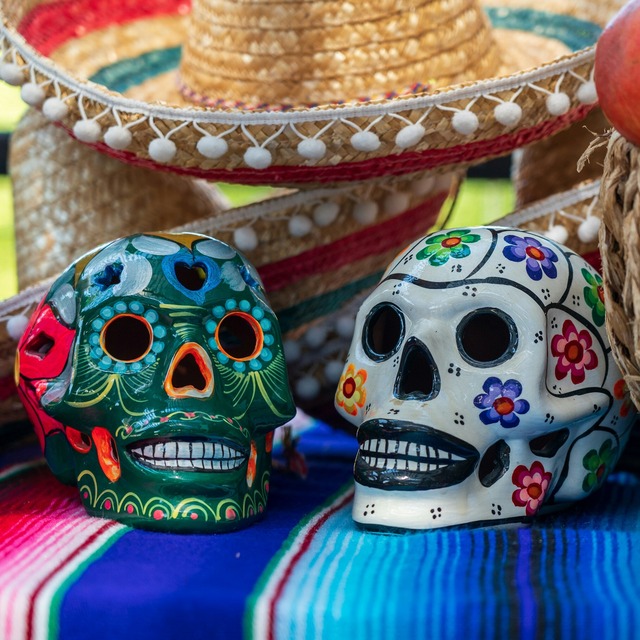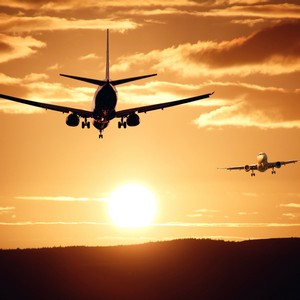
Day 1 : Arrival
Arrive in Mexico City, where you will be met at the airport by a Travel The Unknown representative and transferred to your hotel. Rest of the day free. Overnight in Mexico City.
Meal plan: n/a
Get a flavour of two icons of the Latin world. Discover Mexico's ancient cultures, learning about Aztecs at Chichén Itzá, marvelling at the mysterious origins of the pre-Columbian Teotihuacán and pondering its colonial legacy at Campeche. Sample Mexican gastronomy, traverse impressive landscapes and experience Mexicans' warm hospitality and charm. In Cuba discover the easy charms of Havana's old town, learn about the thrilling history of the Bay of Pigs, soak up the colonial charm of Cienfuego's white streets and experience the best live music in Trinidad. Finally learn about the exploits of Ché Guevara and visit his masoleum in Santa Clara. Disfrútala!
Mexico City - Teotihuacán - Villahermosa - Palenque - Campeche - Uxmal - Merida - Chichén Itzá - Ek Balam - Havana - Cienfuegos - Bay of Pigs - Trinidad - Santa Clara

Arrive in Mexico City, where you will be met at the airport by a Travel The Unknown representative and transferred to your hotel. Rest of the day free. Overnight in Mexico City.
Meal plan: n/a
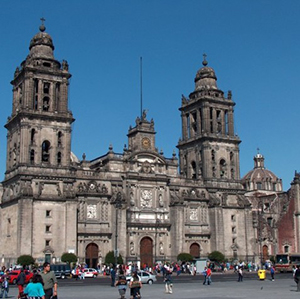
Spend the day exploring Mexico City. Visit Xochimilco and the Museo Nacional de Antropología before discovering the sights of central Mexico City, including the Presidential Palace, the Cathedral and the Templo Mayor. Overnight in Mexico City.
Meal plan: Breakfast & lunch
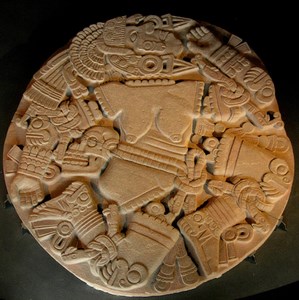
Explore more of Mexico City, stopping for a visit at the Museo del Templo Mayor, before departing for Teotihuacan. Overnight in Mexico City.
Meal plan: Breakfast
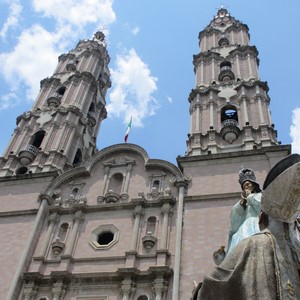
Transfer to airport for flight to Villahermosa. Travel on to Palenque, where you will spend the rest of the day exploring its famous ruins. Overnight in Palenque.
Meal plan: Breakfast
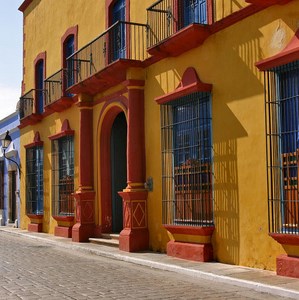
Drive to Campeche. The rest of the day will be spent exploring the city, which will include a visit to the Centro Cultural Casa. Overnight in Campeche.
Meal plan: Breakfast
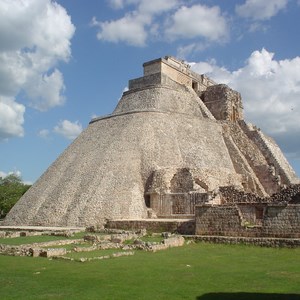
Depart Campeche and travel to Merida, stopping en route to visit Uxmal. Overnight in Merida.
Meal plan: Breakfast
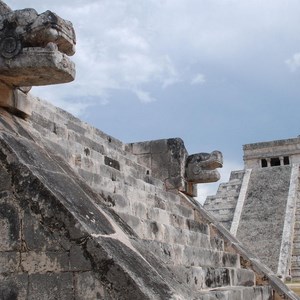
Spend the morning visiting the world famous site at Chichen Itza. Later, take a tour of Ek Balam, before travelling to Cancun. Overnight in Cancun.
Meal plan: Breakfast
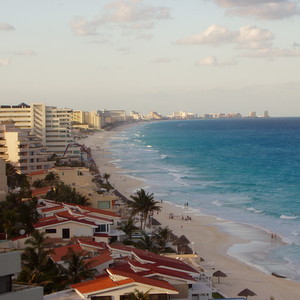
Enjoy a free day to spend the day at your leisure in Cancun. Overnight in Cancun.
Meal plan: Breakfast
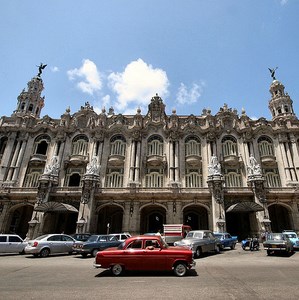
Transfer to Cancun airport for flight to Havana. On arrival in Havana airport where you will be greeted by a Travel The Unknown representative and be transferred by classic car to your casa. Overnight in Havana.
Meal plan: n/a
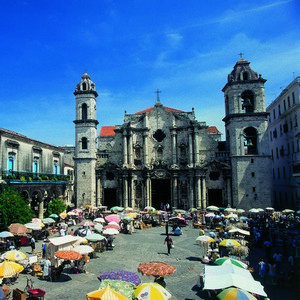
In the morning, take a walking tour of the Old Havana district, known for its pastel-coloured colonial buildings and its elegantly crumbling facades. Visit the some its enchanting plazas, including the beautiful neoclassical buildings in the Plaza de Armas and the baroque cathedral in the Plaza de la Catedral. After lunch, the rest of the day is free to explore Havana at your leisure. Stroll through its cobbled streets, shop for revolutionary literature or stop off for a cocktail in a local bar. Overnight in Havana.
Meal plan: Breakfast
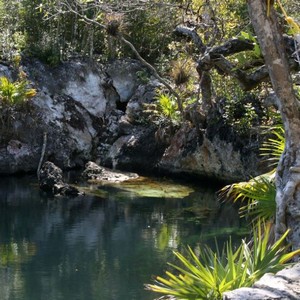
In the morning, leave for Cienfuegos, driving through many citrus fruit and sugar plantations on the Zapata Peninsula. On the way, stop at Cueva de los Peces, a large sinkhole containing hundreds of multi-coloured fish. Continue on to Playa Giron and visit a museum dedicated to Cuba's victory at the infamous Bay of Pigs Invasion. Drive on to Cienfuegos and check into a casa close to the Punto Gorda. Evening is free to spend as you wish. Overnight in Cienfuegos.
Meal plan: Breakfast
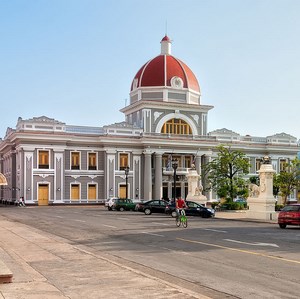
Morning sightseeing tour of Cienfuegos. The focus of this tour is the city's main square Parque Marti, recently declared a UNESCO heritage site, which is surrounded by the impressive Palacio del Ayuntamiento, the elegant Italian style Teatro Tomas Terry and the neo-classical cathedral. Stroll through the bustling Paseo del Prado, which is lined with colonial buildings and shops. You may also hear music from Benny Moré, Cienfuegos' most famous musician, being played on the public speakers.
Leave for the tropical mountains of Sierra del Escambray, just 30 mins from Cienfuegos. Have lunch there and then take a soft trek (2-3 hours) around El Nicho, which has waterfalls and natural lagoons. Pack your bathing costumes and towel should you decide to take a dip in one of the lagoons (note, water is cold). Look out for endemic birds and enjoy panoramic views of the lush green mountains. Late afternoon leave for Trinidad. Evening free to stroll around the cobbled plaza in Trinidad. Overnight in Trinidad.
Meal plan: Breakfast
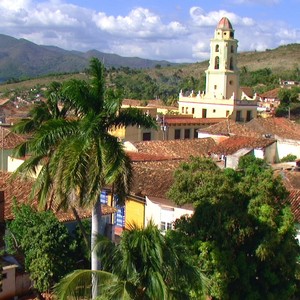
Morning walking tour around Trinidad, a justifiable UNESCO heritage site, with a charming colonial central plaza, cathedral, pastel-coloured buildings that line the cobbled street. Afternoon, visit the Valle de los Ingenios. Climb the watch tower for panoramic views of the stunning landscape. Stop off at other vantage points and at the local pottery making workshop where you can buy handicrafts. Return to the centre of Trinidad. Evening free. Overnight in Trinidad.
Meal plan: Breakfast
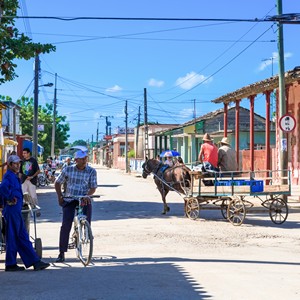
After breakfast leave for Santa Clara (2.5 hours), home to Ché Guevara's Mausoleum, where the Latin American hero was re-buried. Learn about his influence on Cuba and why he is so revered. After lunch, continue the drive on to Havana (3.5 hours). Evening free. Overnight in Havana.
Meal plan: Breakfast

Transfer at appropriate time to airport for return flight.
Meal plan: Breakfast
Swim, dive and cruise the shores to discover Mexico's marine life
Explore Mexico's stunning mountains on foot
Unforgettable rafting and free-fall experiences in the heart of the jungle
Delve into Mexico's tapestry of craggy cliffs and copper-green canyons
Unwind on Mexico's idyllic white sand beaches
Trace Olmec, Aztec, Zapotec & Mayan roots
Trace the path of Mayan history - from antiquity to today
Discover the highlights of two Latin gems
Aztec ruins, Oaxacan flavours & colonial towns
The last bastion of indigenous Mexico
The festival where death never felt so alive.
A culinary tour of Mexico's gastronomy capital
Indigenous village trek in a world of biodiversity
Ancient history meets modern metropolis
Caroline , Zapotecan Village Trek, MexicoThe hiking was amazing with spectacular scenery and knowledgeable guides. The luxurious but rustic wooden cabins were really welcoming after a long days hiking.
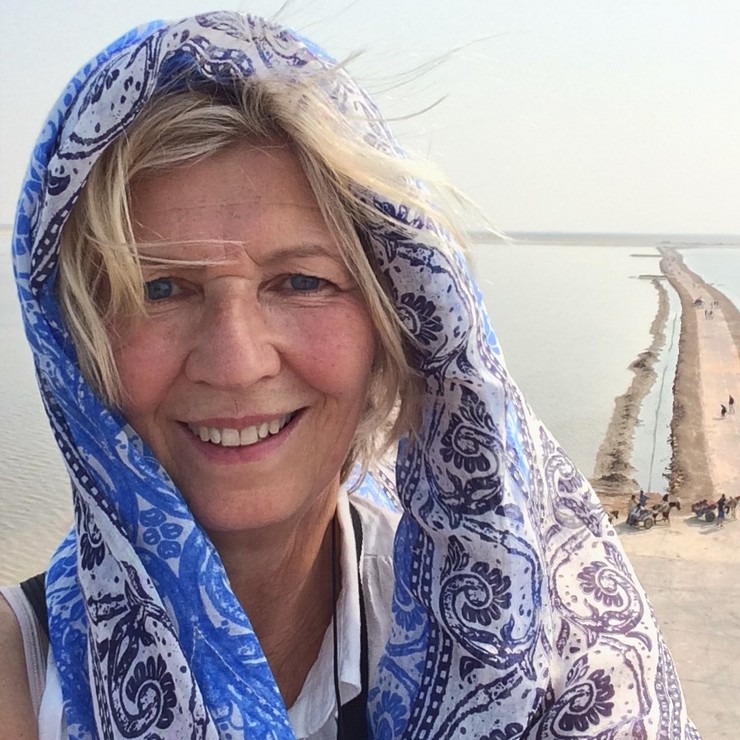
Jeannie Saville , Flavours of Mexico, MexicoIt is not surprising that UNESCO has added Mexican cuisine to its list of cultural treasures worth preserving. The variety and quality of Oaxacan food is awe inspiring and ranges from street food to creative chefs in top class restaurants. All aspiring young chefs should visit the Sunday market in Tlacolula, a real feast for the eyes and the palette. We have learnt a huge amount on this tour about life in Mexico and the problems of Mexico`s indigenous people.
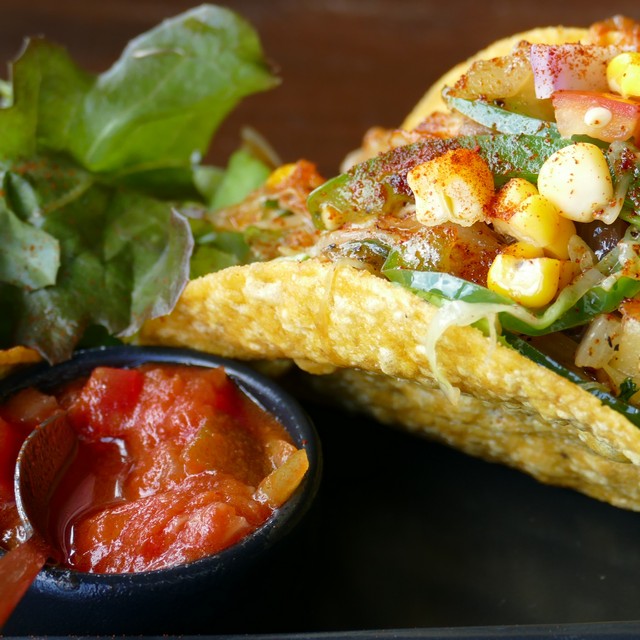
Bill Dodd , Flavours of Mexico, MexicoHaving travelled to Mexico on various trips over the years I was surprised to find Oaxaca was so different. Many traditions that have died out elsewhere are still alive and kicking in Oaxaca. And the food is sublime.

The Stockdales , Day of the Dead FestivalIt was the first time we had used Travel the Unknown... and hopefully not the last. They appeared to be the only company offering a tailored Day of the Dead itinerary. Their Mexican partners created a trouble free experience with a knowledgable guide and careful safe driver who seemed to find a parking space where ever we stopped. With the trip limited to the surrounding area of Mexico City (about 60 miles from centre), it allowed us to get into the whole experience in little towns, bigger cities, and peoples homes. It was a feast of colour and pageant, with marigolds everywhere!! An experience of a lifetime and something to tick off on my bucket list. Thank you.
